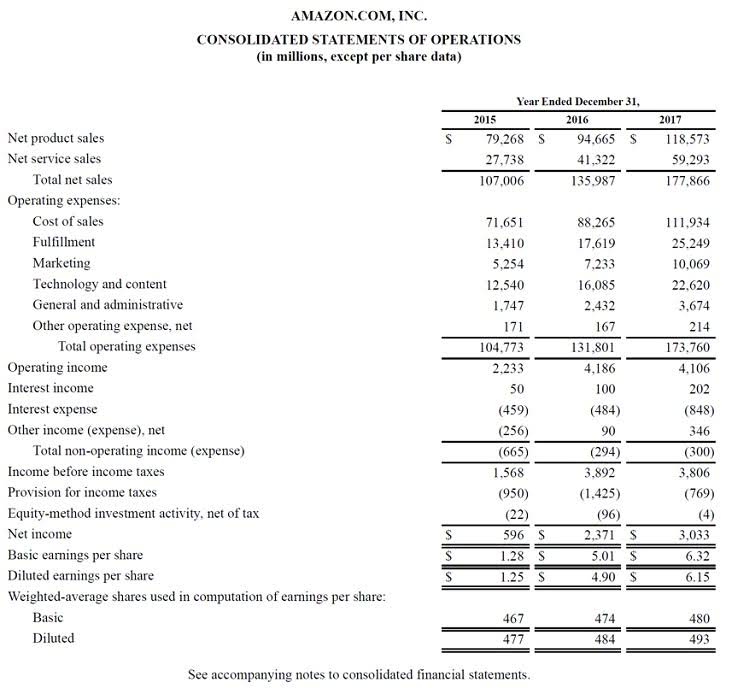Net Income vs Retained Earnings: How Much Do You Know?
By maintaining a healthy balance between dividend payments and retained earnings, companies can achieve sustainable growth and financial resilience. Undistributed profit, on undistributed profits that have accumulated in the company over time are called the other hand, refers to the portion of a company’s profits that have not been distributed to shareholders as dividends. Understanding the concept of undistributed profit is essential for both businesses and investors, as it impacts a company’s financial stability and future prospects. Unappropriated profit is a crucial aspect of a company’s financial health and future growth prospects. As companies navigate the complexities of managing their financial resources, the balance between reinvestment, shareholder payouts, and transparency is key to their long-term success. Understanding unappropriated profit is essential for shareholders, company management, and financial analysts as they assess a company’s financial stability and growth potential.
Importance for Small Businesses
The amount of accumulated income tends to be lowest in slow-growth businesses, where the management team has no internal use for the money and so elects to send it to investors in the form of dividends. Capital reserve refers to a reserve created from capital profits or gains a company earns through non-operating activities, such as selling assets, re-valuating investments, or capital contributions. On the other hand, a revenue reserve is created from the retained earnings or profits earned by a company from its normal operating activities, such as sales of goods or services. At the end of each fiscal year, the company retains a portion of its profits in the form of general revenue reserves, also known as retained earnings.
- For this reason, retained earnings decrease when a company either loses money or pays dividends and increase when new profits are created.
- It’s vital to differentiate between these sources of earnings when assessing a company’s financial strategy and sustainability.
- It is calculated by adding net income (or loss) from the income statement to the beginning retained earnings balance.
- Undistributed profit is an important source of capital for companies, as it provides a pool of funds that can be used to support the company’s operations and growth initiatives.
- By analyzing market trends and consumer behavior, businesses can develop strategic plans to leverage their retained earnings efficiently.
Federal Reserve Economic Data
It’s important for investors and analysts to scrutinize how a company uses its undistributed profits, as it can provide insights into the company’s growth prospects and financial stability. These metrics are not just numbers on a balance sheet; they are indicators of a company’s financial health and strategic decisions. By delving into these concepts, you’ve equipped yourself with valuable insights that can guide your financial understanding and decision-making.
Tax implications
Utilizing this data effectively enables businesses to allocate resources wisely and capitalize on opportunities that align with their long-term objectives. As small businesses retain profits and reinvest them strategically in growth opportunities, they not only bolster their financial position but also create value for shareholders. This virtuous cycle of reinvestment leading to increased equity and shareholder value establishes a solid foundation for sustainable growth and long-term success. Analyzing retained earnings offers valuable insights into a company’s long-term financial health and sustainability. This figure showcases how much of the net income has been retained for future growth rather than distributed to shareholders.
Retained earnings
When reinvested, those retained earnings are reflected as increases in assets (which could include cash) or reductions to liabilities on the balance sheet. However, it’s important to note that revenue reserves are not distributable as cash or assets until they are properly appropriated or utilized as per applicable laws and regulations. Retained earnings are a type of equity and are therefore reported in the shareholders’ equity section of the balance sheet.
Net Income vs Retained Earnings: Key Contrasts
Since undivided profits are not earmarked for dividends like funds in a surplus account are, at least until they are transferred to a surplus account, they are counted as part of the company’s equity. Undivided profit can also be thought of as a company’s overall profits that are re-invested into the company (when not given as dividends). By analyzing market trends and consumer behavior, businesses can develop strategic plans to leverage their retained earnings efficiently. Adapting financial strategies is key to navigating the changing https://www.bookstime.com/articles/what-is-periodic-inventory-system landscape and ensuring long-term financial stability. Small businesses can utilize retained earnings to fuel growth initiatives such as launching new products, expanding into new markets, or upgrading equipment.
Undistributed Profit: What It Is and How It Impacts Companies
And if we look at the ratio between “net profit” and “total capital employed,” we will get a clear idea of the company’s operational efficiency. External factors such as economic fluctuations can significantly impact the accuracy of these https://www.facebook.com/BooksTimeInc/ calculations. Retained earnings significantly influence strategic decisions related to reinvestment and dividend payouts within a company. Retained earnings play a crucial role in financial analysis by reflecting the cumulative profits reinvested back into the company. By calculating net income and revenue, businesses can evaluate their profitability and make informed decisions based on their earnings. Companies can manipulate them to some extent through accounting methods, potentially impacting the accuracy of this metric.
- Inaccurate net income calculations can mislead investors and affect strategic decision-making.
- Retained earnings are the portion of a company’s cumulative profit that is held or retained and saved for future use.
- For example, tech giants like Apple have consistently reinvested their profits into research and development to launch new products and stay ahead of competitors.
- The relationship between net income, retained earnings, and other financial statements is integral to assessing a company’s performance accurately.
For example, a local bakery may use its accumulated profits to open a second location, tapping into the retained earnings to cover initial setup costs and operational expenses. This financial buffer is especially valuable during economic uncertainties, providing stability when external conditions are unpredictable. Leveraging retained earnings allows small businesses to fund expansion projects or navigate through challenging times without relying heavily on external financing. The relationship between net income, retained earnings, and other financial statements is integral to assessing a company’s performance accurately.






